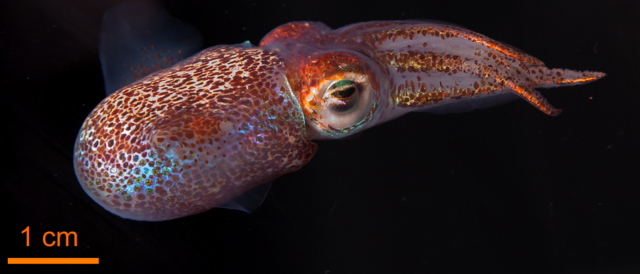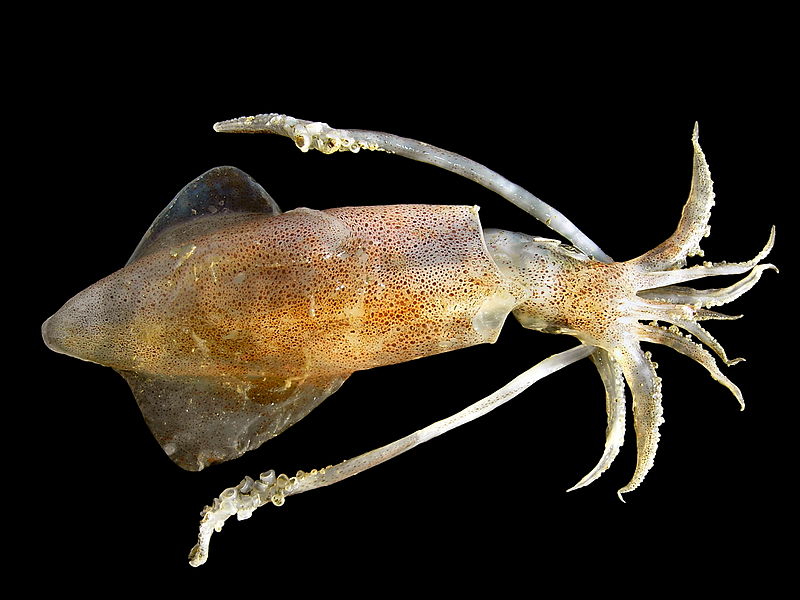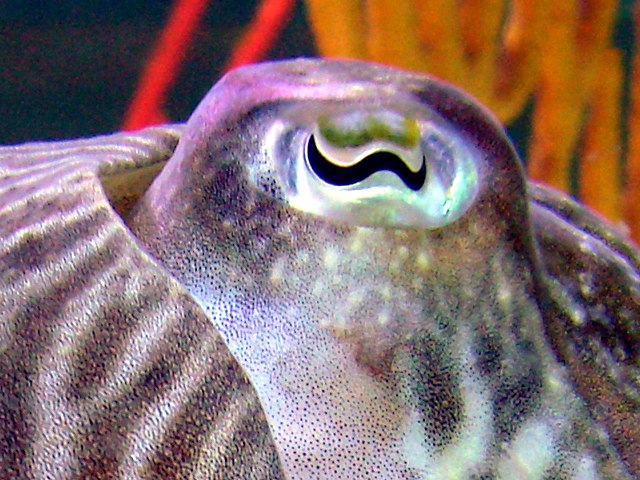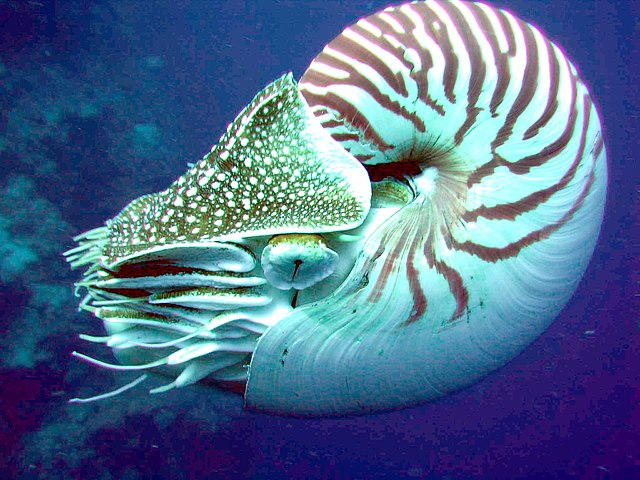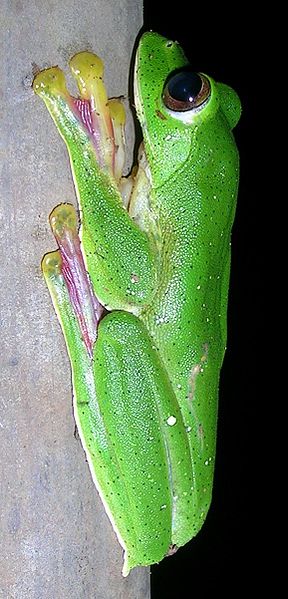We've learned a whole lot about
frogs, now let's learn about
Cephalopods!
There are over 800 different kinds of cephalopods living in the world, and around 11,000 kinds of cephalopods that have gone extinct and are no longer around.
Some cephalopods are really famous, like the octopus or squid, but some you may not have heard of like ammonoids or nautilus.
The super science name for an animal is split up into these parts: Kingdom, Phylum, Class, and sometimes Subclass.
Sometimes there are even more parts like Suborder, Infraorder, Family, Genus or Species.
Humans are:
Kingdom: Animalia, Phylum: Chordata,
Class: Mammalia, Order: Primates, Suborder: Haplorhini, Infraorder: Simiiformes, Family: Hominidae, Genus: Homo, Species: H. sapiens
Scientists use these words to come up with special names for every single animal on the planet from mice to elephants.
Cephalopods are:
Kingdom: Animalia, Phylum: Mollusca, Class: Cephalopoda
The "phylum: Mollusca" actually means that an animal like an octopus is sort of related to a snail!
There are lots of different types of cephalopods, we'll learn about some fun ones next time!

(from: wikipedia -
cephalopod)
Kid Facts - Blast from the past: Frogs and Toads

